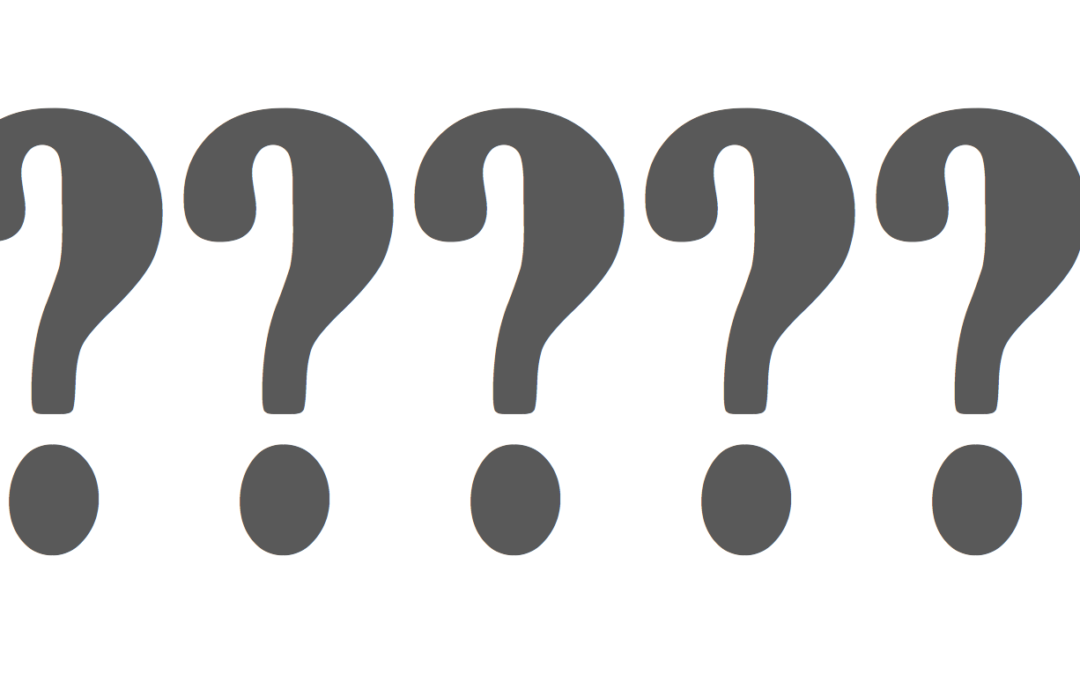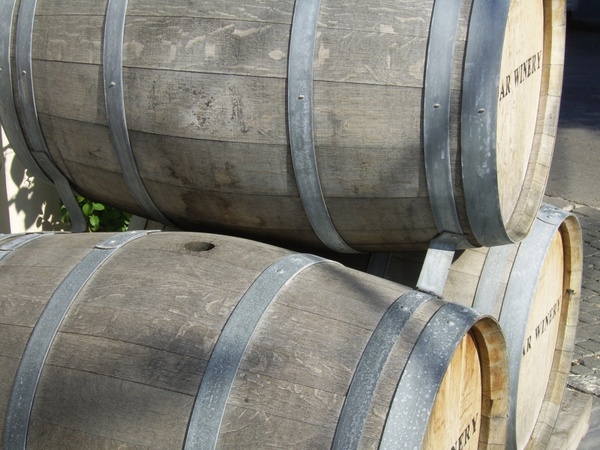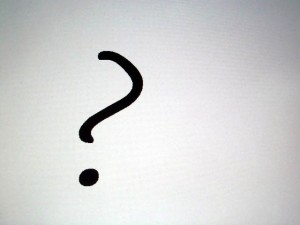
by Lorri | Aug 16, 2017 | UnCorked
One of my favorite things about writing this column is answering your questions. And based on reader feedback, it’s one of your favorites, too. This week I’ll address decanting boxed wine, the difference between sulfates and sulfites and the term “Cape red.”
If you have a wine question, please don’t hesitate to write or email.
We don’t like putting boxed wines in our refrigerator because we just don’t have room. Does transferring the box wine to a bottle change the quality?
Box wines can be bulky, making storing them in a full refrigerator difficult. But decanting a boxed wine for storage defeats the purpose of the box. The boxed wine has a bladder inside that collapses when wine is poured, giving it a protective layer against oxygen. My concern when transferring wine from the pour spout to a bottle is you are immediately introducing a lot of oxygen to the wine. This act alone can begin to make the once-fresh wine taste stale. My advice, if you’re looking for refrigerator space, is to consider removing the bladder from the box, making it less bulky. Be sure to place the spout lower than the wine in the bladder to avoid letting air in when you open the spout. My recommendation is to keep bottled wine bottled and boxed wine boxed. That being said, there’s nothing wrong with decanting a boxed wine for serving.
What is the difference between sulfates and sulfites?
Sulfates and sulfites are both sulfur-based compounds. You most likely encounter sulfates daily. Sodium lauryl sulfate is a strong detergent additive that aids in removing grease by binding oil to water. You will find this in most dish soaps, floor cleaners, shampoo and body washes.
Sulfites are found in most wines. They are naturally occurring and act as a preservative by inhibiting microbial growth. Again, just as with sulfates, you are most likely encountering sulfites daily. They are found in many foods including dried fruit, candy, deli meat, canned soups and hot dogs. Even though sulfites are naturally occurring, most winemakers also add sulfur dioxide during the winemaking process to ensure against spoilage.
What does the term “Cape red” mean when I see it on South African wine labels?
A quick geography lesson while looking at a map of South Africa can explain the term “Cape.” It’s any large piece of land protruding into the sea from the coast. South Africa has the Cape of Good Hope, the Western Cape, Eastern Cape and Cape Peninsula. What does this have to do with wine production? Along the southern coast of South Africa is where the warm currents of the Indian Ocean meet with the cool currents of the Atlantic Ocean. Many South African vineyards are spread throughout these regions. This occurrence where two oceans meet creates a specific climate with a lot of influence on winemaking. A strong, dry wind known as the “Cape Doctor” can damage unprotected grapes but has the positive effect of limiting growth of debilitating fungus and mildew in the vineyards. “Cape reds” are generally South African red wines made from a blend of the country’s most prestigious red grapes, syrah, pinotage, merlot and cabernet sauvignon found in these regions.

by Lorri | Jun 7, 2017 | UnCorked
One of my favorite things about writing this column is the questions readers ask. Some I can answer immediately but others, I must confess, I need to research and sometimes even do a little experimenting. These are some of your recent questions to Uncorked.
I left a bottle of wine in the freezer overnight. Is it still good to drink?
It is best to not put wine in the freezer. If you need to chill a wine quickly, placing the bottle in a bucket of ice, water and a little salt for 30 minutes will get the job done. But, if you left the bottle in the freezer overnight, chances are you opened your freezer to a sticky mess. Wine is mostly water and will begin to freeze at 32 degrees, but the alcohol will prevent it from freezing entirely. What usually happens is wine freezes just enough to push the cork out and cause the wine to leak. Is the bottle drinkable? After thawing there will be some changes in the taste and it will not be the wine the winemaker intended. But that would not cause the wine to be undrinkable.
What’s the best way to clean mold off a wine’s cork?
The general culprit for mold is humidity during storage. Wine cellars need to be humid, thus mold will sometimes appear. (Most experts recommend keeping cellars at 70 percent to 75 percent humidity.) Because corks are porous you generally will not be able to destroy all mold. But to clean off what you can, start with a small brush (I use a soft bristle toothbrush) or a soft clean cloth. Rub the area, adding a minuscule amount of filtered water if you need too. A more aggressive cleaning method is using vinegar and hot water. Avoid chlorine or bleach because chlorine can lead to “cork taint,” a fault that gives wine a musty aroma. Remember, the wine inside is not damaged, it’s just a cosmetic aspect of the bottle.
What is a barrique?
A barrique is a wine barrel. You generally see the term when referring to a certain shape and size of barrel. It’s the most common type used in Bordeaux, and traditionally holds 59 gallons. Barrel size is important because of the impact it has on the finished wine. If a winemaker is seeking less oak influence, he would use a larger barrel, traditionally one that holds 79 gallons. Want the oak influence to be more noticeable? Use a smaller barrel, like a barrique.
What does it mean when someone describes a wine as cloudy?
Cloudiness usually indicates the growth of yeast or bacteria in the wine. It is generally considered a fault due to poor winemaking. The wine will not be harmful to drink but will most likely taste unpleasant. Some older wines are described as cloudy, but for different reasons. Some wines are bottled unfiltered, per the winemaker’s preference. This is done without removing the tiny grape particles they believe enhance a wine’s flavor. This type of cloudiness is not necessarily considered a flaw and generally will not change the taste of the wine.

by Lorri | Mar 16, 2016 | UnCorked
Uncorked readers have questions.
I have answers.
My wife and I are collecting wine labels from wines we enjoy but also those with uniqueness. What is the best way to save the labels without damaging them?
The easiest and most foolproof method is to take a digital photo with your phone or a camera. But if you want to save the actual label, the process is a bit more complex. The first method is to soak the bottle in hot water with a bit of chlorinated soap for about 15 minutes. Chlorinated soap is available at winemaking-supply stores, and if the instructions on the package are followed, it will help to dissolve the glue. Then gently remove the label. For those difficult labels that soaking in hot water won’t budge, use heat. Heat an oven to 300 to 350 degrees. Then turn it off. Place the empty bottle on its side inside the oven for a few minutes until it gets hot. Using oven mitts, remove the bottle and lift a corner of the label with a knife and it should peel right off.
In what countries can we find some of the best values in wines?
There are many values to be had around the world, but Chile, Argentina and New Zealand continue to top the list. From Chile look for world-class sauvignon blanc and ripe-berry-rich cabernet sauvignon. Argentina continues to offer value especially with spicy full-bodied malbec. And New Zealand has near perfect growing conditions for sauvignon blanc.
I had this [fill in the blank] wine last night at dinner; what do you think about it?
Probably one of my most asked questions is what do I think of a wine someone just enjoyed. The simple answer is it really doesn’t matter what I think if you enjoyed it. So many wine experts create a pretentious haze about wine, but when it comes down to it wine enjoyment is all about taste and preference.
We were dining at a popular restaurant recently and were shocked by the wine service. The waiter was rude and didn’t follow service rules. What should we have done?
I understand the frustration when you are splurging not only for dinner but for the bottle of wine and leave disappointed. The keys to rating service are: the helpfulness of your server in selecting a bottle, the opening and presentation to the guests (make sure the wine is what you ordered), a small taste to be sure the wine is clean, and pour. If you feel these key elements were missing I would wait until the next day to call and ask for management and express concerns.
Keep in mind, too, that it could have just been a bad night/day for that person and your next experience will be perfection.
by Lorri | Mar 6, 2013 | UnCorked
 I always enjoy receiving reader feedback. Over the years I’ve received all kinds of notes from readers. Some are serious, others are funny and occasionally a reader will offer a solution to one of my questions.
I always enjoy receiving reader feedback. Over the years I’ve received all kinds of notes from readers. Some are serious, others are funny and occasionally a reader will offer a solution to one of my questions.
One of my favorites was just after a column on the up and coming glass closures. “Lorri, if the glass closure becomes more popular and used more, are you going to have to change the name of your column from Uncorked?” It made me smile.
I once read an article about the most frequently asked wine questions on Ask.com, a website that specializes in answering just about any question you can dream of (What is Twitter? What is the meaning of life? What is Miley Cyrus’ phone number?). I found the top wine questions interesting because they not only reflect what the general public wants to know about wine, they are also the same questions I most frequently get from Uncorked readers.
Here are the answers to a few of your most asked questions.
How do I remove red wine spills from my carpet?
I always keep a bottle of Wine Away on hand for stains. It’s the best remover I’ve found for carpet and upholstery and costs about $9 a bottle. Another option is to use paper towels to blot up as much of the stain as possible, then saturate the spot with cold water and then blot. Then, mix a paste of three parts baking soda to one part water and put over the spot. Let the paste dry, then vacuum.
How many calories are in a glass of wine?
Wine, like any alcohol, contains calories. Sweeter wines generally have more sugar, therefore more calories. Dry Riesling has about 90 calories; sauvignon blanc, chardonnay and pinot noir have about 95 for a 4-ounce glass. A 4-ounce glass of merlot has about 100 calories. Port has about 185 calories and Madeira has about 160 calories. A great resource for calorie and nutrition data on all matter of foods and beverages is the U.S. Department of Agriculture National Nutrient Database website, ndb.nal.usda.gov. The site allows you to search by specific grapes and different serving sizes.
How long does wine last once it’s opened?
Once a bottle of wine is opened, it immediately begins to deteriorate. A light-bodied white wine can spoil in as little as one day.Higher tannin structure can help slow this process, and red wine keeps a little longer than white. One thing you can do to preserve an open bottle is to replace the cork and keep in the refrigerator for about three days. If you remove the oxygen with products like Vacu Vin, it can last up to five days.



 I always enjoy receiving reader feedback. Over the years I’ve received all kinds of notes from readers. Some are serious, others are funny and occasionally a reader will offer a solution to one of my questions.
I always enjoy receiving reader feedback. Over the years I’ve received all kinds of notes from readers. Some are serious, others are funny and occasionally a reader will offer a solution to one of my questions.